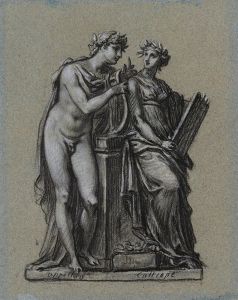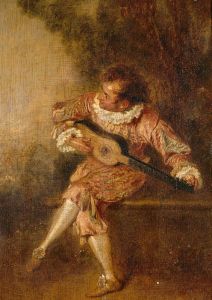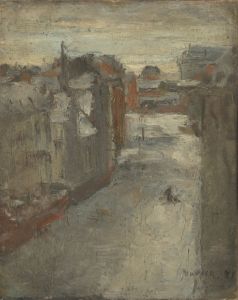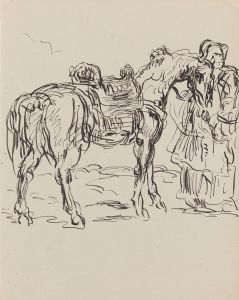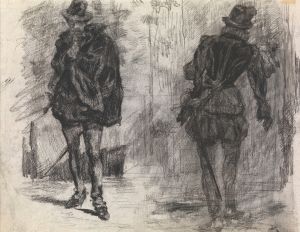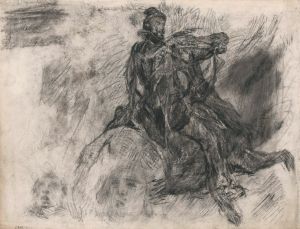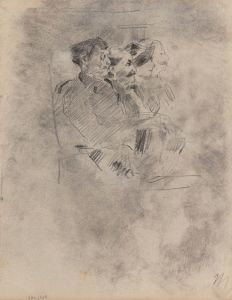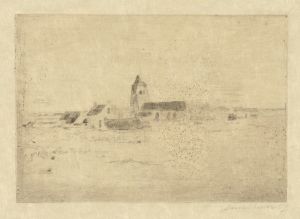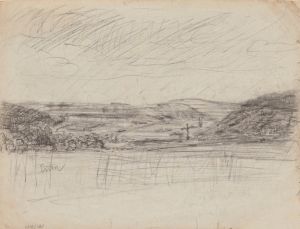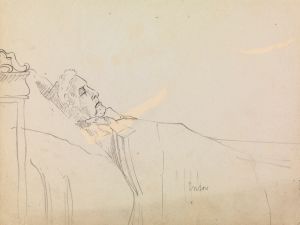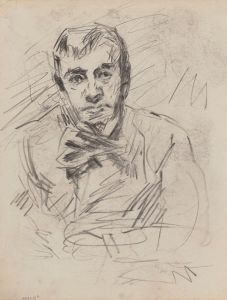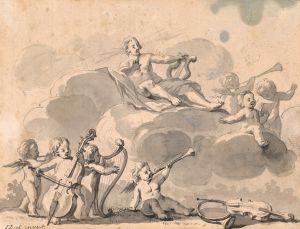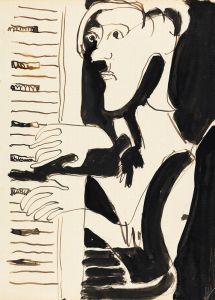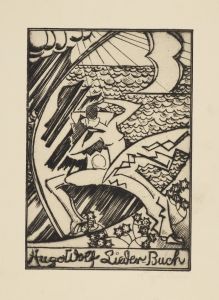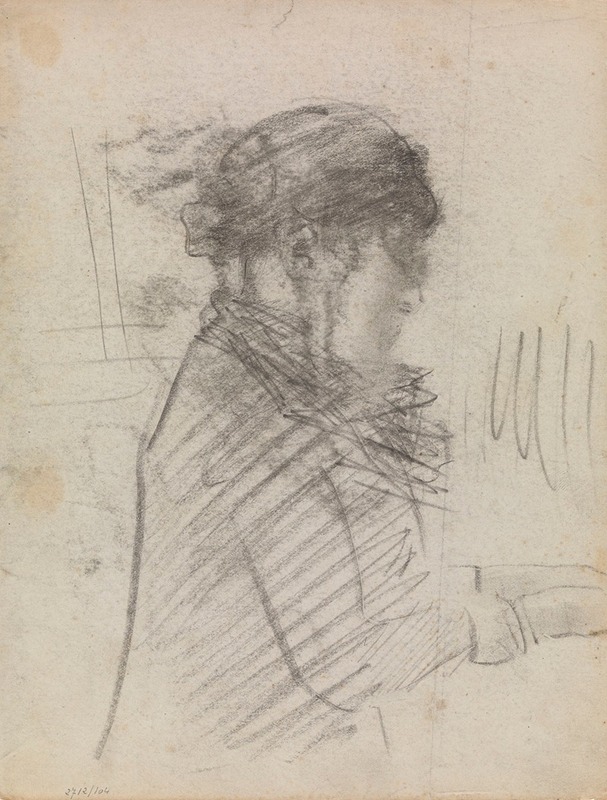
Ensor’s Sister at the Keyboard
A hand-painted replica of James Ensor’s masterpiece Ensor’s Sister at the Keyboard, meticulously crafted by professional artists to capture the true essence of the original. Each piece is created with museum-quality canvas and rare mineral pigments, carefully painted by experienced artists with delicate brushstrokes and rich, layered colors to perfectly recreate the texture of the original artwork. Unlike machine-printed reproductions, this hand-painted version brings the painting to life, infused with the artist’s emotions and skill in every stroke. Whether for personal collection or home decoration, it instantly elevates the artistic atmosphere of any space.
"Ensor’s Sister at the Keyboard" is a painting by the Belgian artist James Ensor, completed in 1881. James Ensor, born in 1860 in Ostend, Belgium, was a prominent figure in the Symbolist movement and is often associated with the avant-garde art scene of the late 19th and early 20th centuries. His work is known for its innovative use of color and light, as well as its often satirical and macabre themes.
This particular painting, "Ensor’s Sister at the Keyboard," is a more intimate and personal work compared to some of Ensor's more famous pieces, which often feature crowded scenes filled with fantastical and grotesque figures. The painting depicts Ensor's sister, Mariette, seated at a keyboard instrument, likely a piano or harmonium, which were common in middle-class Belgian homes at the time. The setting is domestic and serene, providing a glimpse into the private life of the artist and his family.
Ensor's use of light in this painting is notable. He employs a soft, diffused light that gently illuminates his sister and the surrounding room, creating a warm and inviting atmosphere. This treatment of light is characteristic of Ensor's early works, where he often explored the effects of natural and artificial lighting in interior spaces. The color palette is subdued, with earthy tones and soft pastels, which adds to the tranquil mood of the scene.
The composition of the painting is relatively simple, focusing on Mariette as the central figure. Her posture and expression suggest concentration and absorption in her music, capturing a moment of quiet introspection. This focus on a solitary figure engaged in a personal activity is a departure from Ensor's later works, which often feature complex compositions with multiple figures and dynamic interactions.
"Ensor’s Sister at the Keyboard" reflects the influence of the Impressionist movement, which was gaining popularity in Europe during the late 19th century. The emphasis on capturing a fleeting moment and the interest in the effects of light are elements that Ensor shares with the Impressionists, although his style would later evolve to incorporate more expressionistic and symbolic elements.
This painting is part of Ensor's early body of work, which includes a number of portraits and domestic scenes. These early works are important for understanding the development of Ensor's artistic style and themes. While he would later become known for his more provocative and imaginative compositions, paintings like "Ensor’s Sister at the Keyboard" demonstrate his ability to convey emotion and atmosphere through more traditional subject matter.
Today, James Ensor is celebrated as a pioneering artist who contributed significantly to the development of modern art. His work, including "Ensor’s Sister at the Keyboard," is held in high regard for its technical skill and its ability to capture the complexities of human experience. The painting remains an important piece within Ensor's oeuvre, offering insight into his early artistic influences and personal life.





